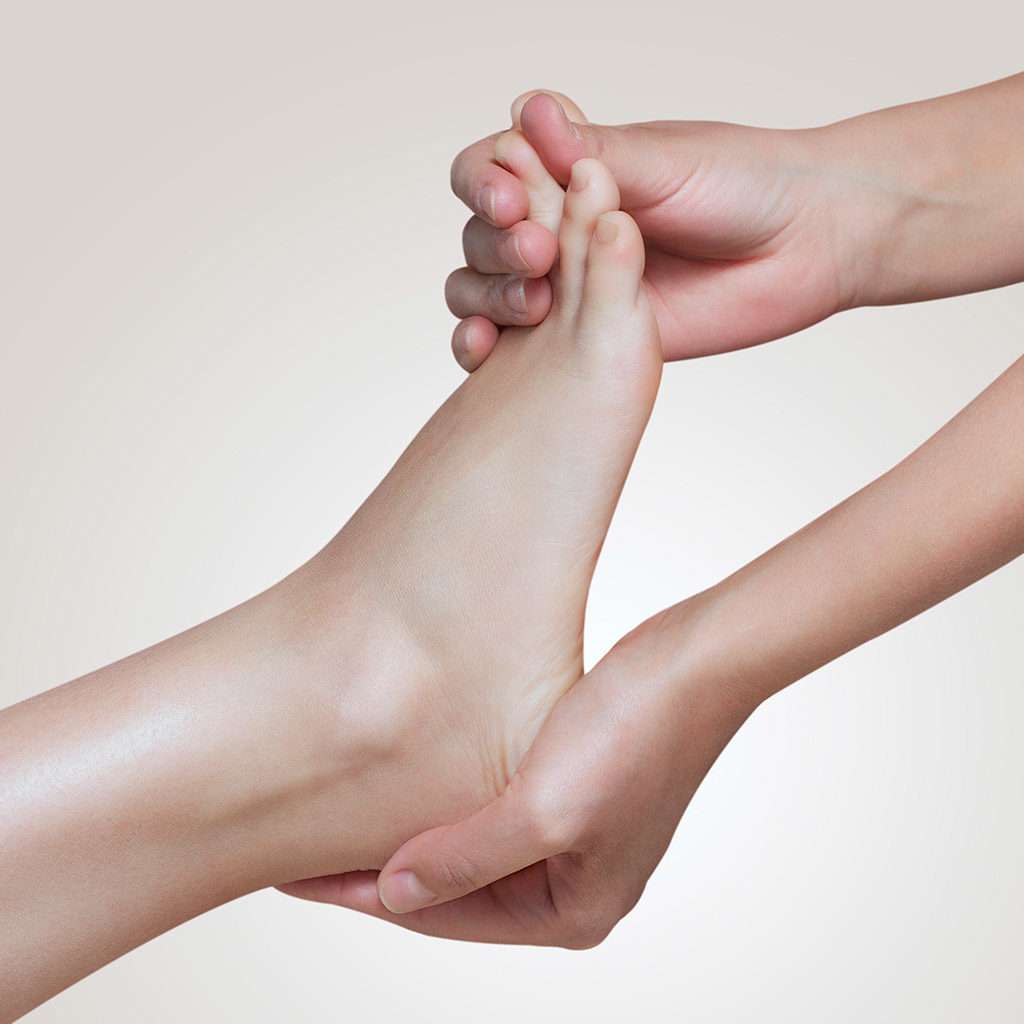At Dr. Tayyab saleem malik clinic (Cosmetic Enclave)
Polydactyly is a congenital condition characterized by the presence of extra fingers or toes on the hands or feet. It is a relatively common anomaly, occurring in approximately 1 in every 500 to 1,000 live births. Here are some important points about polydactyly:
- Types of Polydactyly: Polydactyly can be categorized into two main types:
- Preaxial Polydactyly: In this type, the extra digit is located on the radial (thumb) side of the hand or the tibial (big toe) side of the foot. It is the more common type of polydactyly.
- Postaxial Polydactyly: In this type, the extra digit is located on the ulnar (little finger) side of the hand or the fibular (little toe) side of the foot.
- Classification: Polydactyly can further be classified based on the appearance and complexity of the extra digit. Classification systems such as the Wassel classification and the Temtamy and McKusick classification are commonly used to describe the specific type of polydactyly.
- Causes: The exact cause of polydactyly is not always known. It can be influenced by genetic factors, environmental factors, or a combination of both. Some cases of polydactyly are associated with certain genetic syndromes or chromosomal abnormalities.
- Functional Implications: The functional implications of polydactyly depend on the specific location, size, and functionality of the extra digit. In some cases, the extra digit may be fully formed and functional, while in others, it may be smaller, less mobile, or non-functional. The presence of polydactyly can affect hand or foot function and dexterity, and the impact varies among individuals.
- Treatment Options: The treatment approach for polydactyly depends on several factors, including the type, complexity, and functionality of the extra digit, as well as the individual’s specific needs and preferences. Treatment options may include:
- Observation: In cases where the extra digit is small, non-functional, and not causing any functional or cosmetic concerns, no treatment may be necessary, and the condition can be monitored over time.
- Surgical Intervention: Surgical removal or reconstruction of the extra digit may be considered for functional or cosmetic reasons. The specific surgical technique depends on the complexity and location of the extra digit, and the goal is to achieve a functional and aesthetically pleasing result.
- Rehabilitation: Following surgery, rehabilitation through physical therapy or occupational therapy may be recommended to aid in the recovery process, promote hand or foot function, and enhance coordination.
It’s important to note that the management of polydactyly should be individualized based on the specific circumstances and needs of each person. A consultation with a hand surgeon or a specialist experienced in congenital hand and foot abnormalities can help determine the most appropriate treatment plan.

